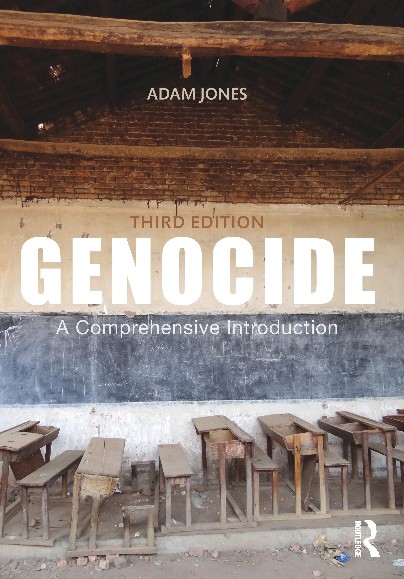 |
| "People viewed the bodies of victims said to have been killed by government forces in Houla, a village near Homs, on Saturday." (Shaam News Network) |
By Neil MacFarquhar and Hwaida Saad
The New York Times, May 26, 2012
"Syrian opposition organizations on Saturday accused government forces of carrying out a massacre in a village near Homs, leaving about 100 people dead, many of them children, with gory images of the aftermath prompting an emotional outpouring across the country. That toll would make it one of the worst episodes of carnage anywhere in Syria since the uprising began 15 months ago. The deaths, which took place Friday in the village of Houla and its surroundings were sure to call into question the continued effectiveness of a United Nations-negotiated truce that has failed to stop daily violence. News of the massacre prompted large, angry street demonstrations throughout the country, including some in Aleppo and several restive neighborhoods in Damascus. The reaction also took on a dark, sectarian tone. Activists claimed that much of the killing had been carried out by pro-government thugs or 'shabiha' from surrounding villages. Houla is a Sunni Muslim town, while three villages around it are mostly Alawite and a fourth is Shiite Muslim. Since the president and the core of the security services are also Alawites, an unorthodox offshoot of Shiite Islam, there were angry calls for sectarian revenge. A man in a black knitted mask who appeared on one YouTube video, for example, said it was time 'to prepare for vengeance against this awful sectarian regime.' But the government of President Bashar al-Assad claimed that it was a 'terrorist' attack, its blanket term for the opposition. State television broadcast repeated pictures of members of one household that had been massacred, calling it 'part of the ugly crimes that the terrorists are committing against the Syrians with the financial support of some Arab states and others.' The station interviewed civilians who said armed gangs had burned the hospital and shot up checkpoints. One man interviewed blamed fighters from Rastan, a nearby stronghold of military defectors who have held out against fierce daily government assaults. But there has been a pattern of similar government assaults in recent months against villages sympathetic to the opposition.
The toll continued to climb as more victims were found in Houla, some 15 miles northwest of the central city of Homs, as well as in the nearby hamlet of Teldo. Government forces have been fighting for months in the region’s hamlets to expel local militias loosely allied with the Free Syrian Army. The Syrian Observatory for Human Rights, based in Britain, put the death toll at 90, while the Syrian Muslim Brotherhood issued a statement saying it was 100, including many women and 50 children. The wounded were said to be in the hundreds. Both organizations expressed outrage at the repeated failure of the international community to protect civilian lives in Syria. The Syrian National Council, the umbrella opposition organization in exile, also issued a statement condemning the killing and calling for three days of mourning. Laurent Fabius, the French foreign minister, issued a statement accusing the government in Damascus of committing 'new massacres.' 'Faced with this horror, the international community must mobilize to stop the further agony of the Syrian people,' the statement said, adding that France would organize a meeting of the roughly 80-member 'Friends of Syria' group as soon as possible. Details of what happened were still emerging. Amateur videos purported to be from the town and uploaded onto YouTube showed row after row of victims, many of them small children with what appeared to be bullet holes in their temples. Others showed gruesome shrapnel wounds caused by what activists said was a constant barrage of shelling that started Friday following demonstrations after the weekly prayer service and that continued Saturday. The United Nations monitors sent a team to Houla to look into what happened there, said Sausan Ghosheh, the spokeswoman for the monitors in Damascus. Activists said they were surveying the rows of victims being lined up in Houla’s main square. Several hundred unarmed United Nations monitors are stationed in Syria to observe compliance by both sides with an April 12 cease-fire that has existed more in theory than in practice since the beginning. Events in Houla seemed to deal a further blow to the credibility of the truce plan negotiated by Kofi Annan, the special envoy of the United Nations and the Arab League, who is due in Damascus soon. [...]"














No comments:
Post a Comment
Please be constructive in your comments. - AJ